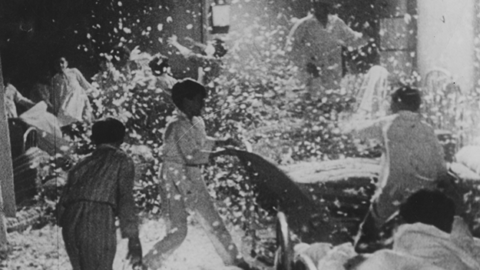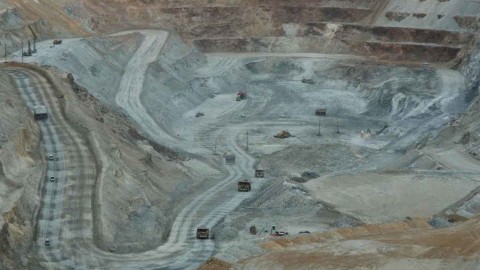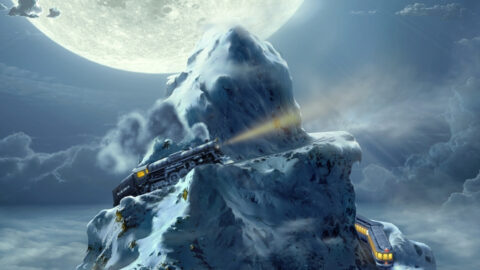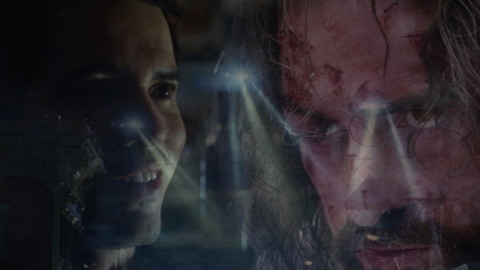Ken Jacobs’s The Sky Socialist
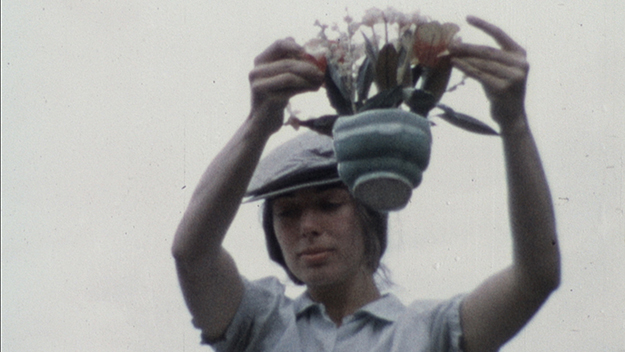
Images from The Sky Socialist (Ken Jacobs, 1963–64/2019)
After roughly 55 years, Ken Jacobs has completed work on The Sky Socialist, his legendary ode to Ferry Street, his first Manhattan home. Over the past 50 years, Jacobs has shown The Sky Socialist in various versions ranging from 95 to 140 minutes, the original 8mm Kodachrome footage blown up to an unsatisfyingly washed-out 16mm. The freshly completed work is comprised of two separate movies: The Sky Socialist (1963–64/2019) and The Sky Socialist:The Environs (1964–66/2019). Both are gloriously beautiful, the result of transferring the original 8mm footage to digital media using a process and home system that Jacobs and his daughter Nisi originated. The two films are showing at Anthology Film Archives in conjunction with The Adventures of Ken Jacobs in the 3rd Dimension—six programs of the filmmaker’s 3-D work made between 2012 and 2019.
For physiological reasons too complicated to explain here, I have difficulty seeing 3-D projections. Although I will risk a migraine to again view The Guests (2013), which closes the series, I’m not qualified to write about Jacob’s 3-D movies with any seriousness. The 2-D movies are another matter. Like earlier versions of The Sky Socialist, the latest to carry that title still brings to mind the Bob Dylan lyric, recorded during that same mid-Sixties moment, “She knows there’s no success like failure / And that failure’s no success at all.” While that might seem equivocal, I mean it as high praise. The Sky Socialist: The Environs, however, is a masterpiece, not only of avant-garde movies, or cityscape movies, or documentary essays, but a movie masterpiece, no modifiers needed.
Shot on the roof of 25 Ferry Street, the Lower Manhattan industrial building where Jacobs lived with Florence Karpf, his girlfriend and soon-to-be wife, and on and above neighboring blocks adjacent to the landing of the Brooklyn Bridge, the film now titled The Sky Socialist remains an allegorical narrative of redemption and love in which Anne Frank (Karpf), who, having miraculously been spared death in Bergen-Belsen, is courted by and marries the underappreciated surrealist writer Isadore Lhevinne, who actually perished, perhaps by his own hand, at the beginning of World War II. Among the other characters are Nazi Mentality, a blonde lad with a whip made of a long film strip, who dies when he clumsily hits his head on an axe that Anne is holding aloft; Maurice, the despairing embodiment of the reality principle who opposes the marriage; and the Muse of Cinema, who presides over the rapturous ending.
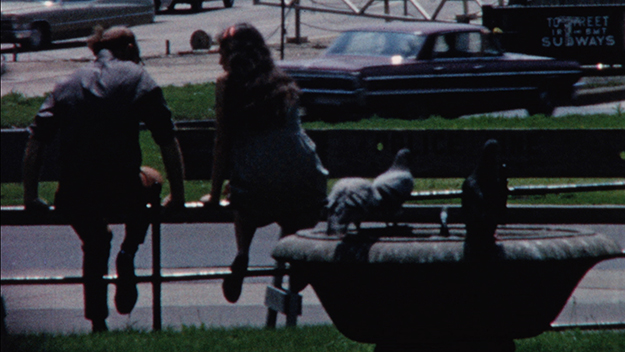
As in silent movies, the plot is conveyed and characters are identified by intertitles, and the absence of dramatic tension in the performances and narrative has much in common with Happenings and experimental theater of the period. The performers for the most part pose and occasionally gaze at each other. There are many costume changes and evocative use of props and scarves. Karpf has two or three dance numbers and the blossoming of her desire for Isadore is unexpected and quite touching. But the power of The Sky Socialist in part has to do with the multiple metaphors condensed in the title. “The Sky Socialist” is a god of justice for all beings, who would not have allowed the Holocaust to happen; it is the spirit of John Roebling, who engineered the Brooklyn Bridge; and it is the Bridge itself, omnipresent in the movie, whether or not it is contained within Jacobs’s framing of each shot.
And more than any of these, the passion and conviction one feels throughout The Sky Socialist obtains from Jacobs’s attempt to save, with his tiny home movie camera, this small Lower Manhattan neighborhood that had already been slated for complete destruction by the city planning commission. Soon after shooting much of the material that is now The Sky Socialist, the team of Ken and Flo (the latter deserves more credit in the making of Jacobs films than she is formally given) moved slightly uptown and west in Manhattan, where they live today. But Ken returned after 1964 to record the still standing and partially destroyed buildings, the wreckage crumbling onto the street, the plaster dust sprayed down with hoses from fifty-odd feet above, the people on the street and on the bridge going about their daily life. Each fallen wall gives Jacobs a new angle on the scene of the crime, but also opens what remains to redirected light.
The cast of The Sky Socialist makes a brief appearance in The Sky Socialist: The Environs, but they quickly disappear and we are left alone with Jacobs, who uses his camera and its zoom lens to frame and reframe, to see more and capture more. Somewhere in the middle of the film, I began to feel as I have when I looked at certain paintings by Cezanne and Vermeer for the first time—that the work of art has transformed the act of seeing. The intensity of what Jacobs saw through the lens of his camera was never fulfilled in 16mm blow-ups of the original material but it is realized in this hybridization of celluloid and digital media. What was once lost is gloriously found in living color and stupendous movement on the screen.
Amy Taubin is a contributing editor to Film Comment and Artforum.



